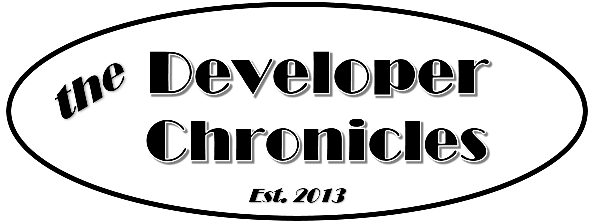This is where you have no appetite to continue the project but there is some work required and value to be extracted before you liquidate. Basically, you massage the project into a stable state to make it attractive to a purchasing developer — for a premium, of course. Preference may dictate though, to sell the project into a joint venture. This can be a way to retain a financial interest in the eventual (but shared) profit. The project risk profile may be so elevated that this is a better exit strategy than a hugely discounted sell off.
The formula to optimize your position requires:
- Stabilizing the project
- Tying up loose ends
- Eliminating risks
- Keeping options open
- Packaging documentation
Stabilizing the Project
Take to the project like an army triage doctor on the frontlines. First, determine if the patient is dead, unconscious, or merely wounded. Then remove them as gently but as quickly as possible from the battleground to give yourself time to treat. If dead, then you have plenty of time, but don’t wait too long as the body will begin to smell. If unconscious, determine if it’s best to leave them in a coma or to revitalise before they deteriorate further. For the wounded, remove shrapnel, clean the wound and, most importantly, stop the bleeding. Then dispense a dose of medicine to get them through the night.
Or put another way stop everything that is not critical to protect your cashflow — the blood flow. Prioritise stopping or pausing over continuing where you don’t yet have a clear diagnosis. That applies to contracts, construction and all design and planning work in motion.
Tying Up Loose Ends
Check all contracts. Close out those no longer needed. Amend those that have been affected by deadlines being missed or a change in scope. Protect warranties and guarantees as much as possible — that might require some cash outflow. Are there some easy wins? For example, consider an office building that is half way through leasing, but with no lead tenant. If you spend a bit more effort securing a lead tenant, you will be better placed to increase your sale price.
Eliminating Risks
If you have the right to terminate contracts, then get rid of anything detrimental to achieving a maximum sale price. There may be work you might as well complete because few buyers will be interested except at an extremely high-risk premium. For example, completing site decontamination on a housing subdivision until it is tested clean, or continuing works to ‘close-in’ an office building to protect it from the weather. Also address any pending legal claims so the project can be sold litigation-free.
Keeping Options Open
Throughout the above, keep your potential buyer’s options open. They may want to move the project in a completely different direction. And you could be throwing money into something they see no value in. Canvas potential buyers early so you understand as many options as possible — even if you intend to formally list the property. But don’t force yourself to list if you find a willing buyer at a good price during this process. If the project is a real mess, there may only be one buyer out there. Keeping contracts and relationships ‘in place if required’ is important. Give your buyers every opportunity to extract any value they might find where you can’t.
Packaging Documentation
Lastly, package it all up for sale. Putting the marketing to one side (the fluffy stuff), let’s concentrate on the documentation (the detail stuff). It should be simple, but the number of times projects are put on the market with deficient information is staggering. I don’t know if agents think a lack of information will make a buyer think an opportunity is better than it really is or that they are just lazy. From my experience, full disclosure allows buyers to work out how they are going to mitigate the risk of the purchase. They may only have limited resource to do their due-diligence. So drip feeding them information, only when they ask for it, can quickly make their interest wane. The best way is to create an online data repository with individual client access and an audit trail of who has done what. That way you can see what potential buyers have ‘logged on’ and what documentation they have reviewed (or at least downloaded). That helps you follow up with them and can be an immediate indicator of their interest in buying. One tip is to rename all the files or at least folders so it makes it easy to review. There may be hundreds of files from consultants and councils. Unless everything is digitised and searchable by meta data and keywords (which is the ideal) then finding what you need quickly is difficult. For example, change xco.2022.gs.masonAve.pdf to GeotechDesktopReport2022.pdf so it is easier to find and for buyers to distribute to their experts to review.
All this shows you are organized. That might psychologically influence the buyer that the project they are buying is also somewhat organized and not so much of a crisis case. They gain comfort that the project is wounded, but not mortally, and they are not expected to do the triage themselves.
Restart #1: Intro
Restart #2: Continue As-Is
Restart #3: Clean Up and Dump
Restart #4 Renegotiate and Continue
Restart #5: Clean Slate and Continue
Restart #6: Consolidate and Segment
Restart #7: Restructure Existing
Restart #8: Reposition
Restart #9: Replan
Andrew Crosby
+64 21 982 444
andrew@xpectproperty.com

Buy the book from Amazon: https://www.amazon.com/dp/1790590884?
